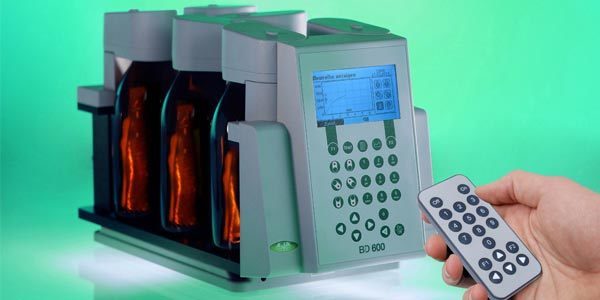Understanding The Value Of Measuring Instruments

Water quality testing is used in testing the purity of water. This is done using specific water testing equipments available in the market. These instruments tests
· Level of oxygen, hydrogen and other harmful chemicals dissolved in water.
· Microscopic biological organisms breeding in it which seems dangerous to mankind and aquatic creatures.
· The amount of turbidity and temperature of water.
Types
These instruments act as a medium to analyse the state of water. It includes:
· Interface level analyzers: it measures the amount of oil content in the water body
· Percentage of hydrogen (ph):the percentage of hydrogen in water vary with seasons and this affects the growth of plants and sea weeds. Water contamination as a result of mine drainage, leakages of chemicals and acid precipitation modifies the level of ph. The process includes inserting a electrode inside the water sample which produces an electrical potential when electric current is passed through it and this can be related to find the level of ph(high or low) in the sample.
· Voltammetry water quality: this method makes use of anode/cathode strips and is used to predict the concentration of several parameters in water.
· Conductivity/dissolved solids: it measures the ability of water to allow electric flow. Conductivity is ascertained by the quantity of dissolved salts, temperature and other factors that conduct electricity. It is measured in units called micromhos/centimetre.
· Turbidity/suspended solids: it is the ability of water to reflect light or absorb it. This property differs with sizes and number of particles present in the water sample and is usually calculated by measuring the amount of light scattered by the sample. The process is easy and not very expensive.
· Dissolved oxygen: it is the measure of dissolved oxygen(do) in the water sample at a certain temperature and atmospheric pressure. Usually measured in parts per million (ppm) , samples at lower temperatures contain more do than the ones with high temperature. An alternative method which can be used is the Winkler Titration method. The time factor plays an important role in measuring the dissolved oxygen.
· Biological oxygen demand: it calculates the quantity of oxygen exhausted by different biological processes that dissolves the organic content in water. The higher the bod, the lower the oxygen available.
· Dissolved carbon dioxide: it has an adverse effect in the level of ph in the water sample and varies with different times of the day. It is normally high during the day and low at nights.
· Chlorophyll/algal pigments: chlorophyll is a green pigment present in plants responsible for its colour and plays a vital role in photosynthesis. It is commonly found in the cytoplasm and chloroplasts of plant cells. It dominates other photosynthetic pigments and hence it is very essential in trapping sun light for the algal-growth process. The light is drawn from the blue and red realms of the spectrum. Since the dispersed light is mainly comprised of the green light, it results in green colour of plants.
Specifications
It consists of mounting style, user interface and output options.
1. Mounting style: The mounting style should be in accordance with the application requirements.
· Hand held: it is not preferable for large samples and it is used for instruments which are to be operated by hand. It facilitates easy carrying.
· Labs: it is not applicable for field use and can be used in large samples.
· Field use: it has a complex design and is suitable for any environment.
· Panel-mounted: it is connected to panels of various testing equipments.
2. User interface: It includes
· Display: analog meter and video display.
· Controls: digital panels and manual controls.
3. Output options:
· Analog voltages: output is usually an analogous voltage. Very simple.
· Analog currents: outputs in this case are analogous current and vary directly with the measurement. Feedback results in appropriate current and remains unaffected of disturbances like line noise, hindrances and impedance.
· Analog frequencies: output is usually analog frequency and the method includes sending of information with physical factors which are continuous like voltage stipulations and frequency differences.
· Switches: alarms are also used in place of switches.





